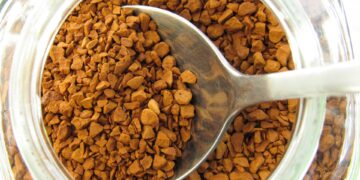Doctors Reveal The Gut Might Be Fueling Psoriasis
A new study has found that abdominal fat may be a more significant risk factor for developing psoriasis than fat stored in other parts of the body, particularly for women. Researchers discovered that central obesity—specifically fat concentrated around the waist—has a stronger correlation with psoriasis than overall body fat.
The research, led by Dr. Ravi Ramessur of King’s College London, analyzed health data from over 330,000 individuals in the U.K. Biobank, including more than 9,000 diagnosed with psoriasis. By using both standard measurements and advanced imaging techniques, they evaluated 25 different indicators of body fat to determine their relationship to psoriasis risk.
The results showed that indicators such as waist circumference, waist-to-hip ratio, and abdominal fat as seen on MRI scans were the most reliable predictors of psoriasis. These associations were even more pronounced among women, suggesting that fat distribution plays a vital role in the development of this chronic skin condition.
Psoriasis causes an accelerated production of skin cells, leading to inflamed, scaly patches. While it has long been associated with excess weight, this study provides new insight into how the location of fat accumulation, especially around the midsection, may influence disease onset and severity. The findings point to possible biological mechanisms behind the connection that merit further study.
Experts also noted the potential of GLP-1 medications, such as Ozempic and Zepbound—commonly used for weight loss and diabetes—to help reduce psoriasis-related complications. Dr. Joel Gelfand of the University of Pennsylvania emphasized that future clinical trials should explore these drugs as a possible treatment strategy, advocating for a broader approach to psoriasis care that considers metabolic and cardiovascular factors alongside skin symptoms.

































Discussion about this post